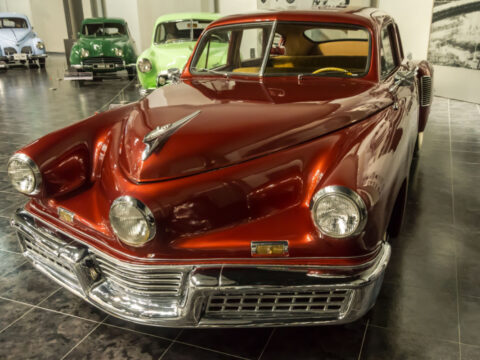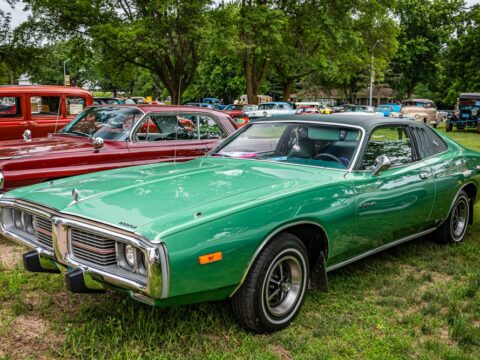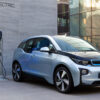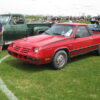When choosing an electric car, range is one of the most important factors to consider. While some models push the boundaries with impressive driving distances, others fall short. This list highlights 19 electric cars that fail to offer competitive range, making them less practical for longer journeys.
Contents
Nissan Leaf
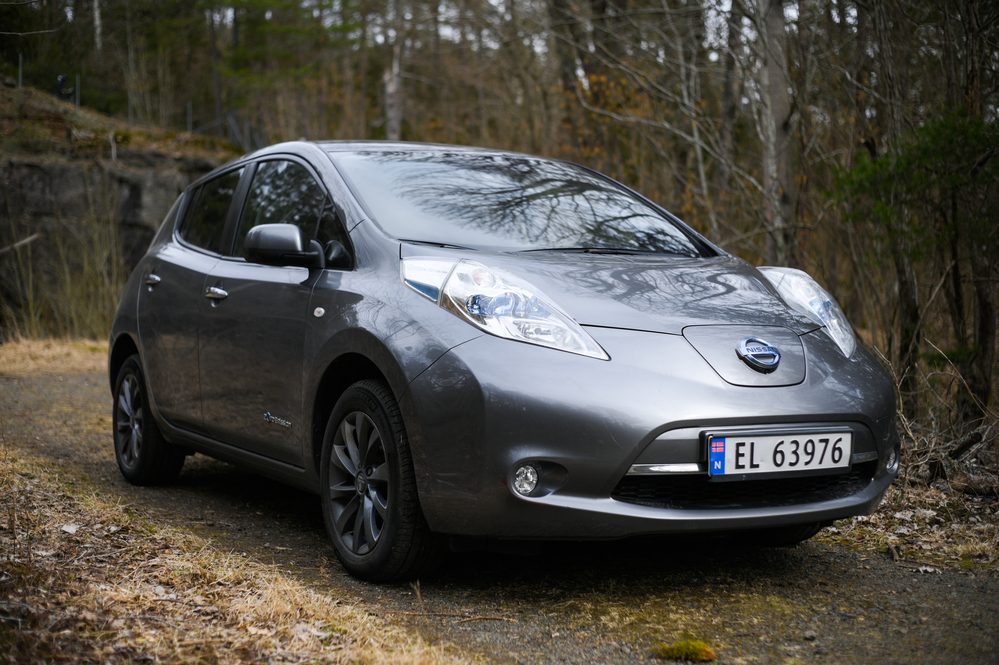
The Nissan Leaf, while popular, has struggled to keep up in terms of driving range. The standard model offers around 149 miles per charge, which falls short compared to newer electric vehicles. For those who frequently travel long distances, the Leaf’s range becomes a significant limitation. Although its affordability makes it attractive to buyers, its limited driving distance restricts its overall practicality in today’s EV market.
Mini Cooper SE
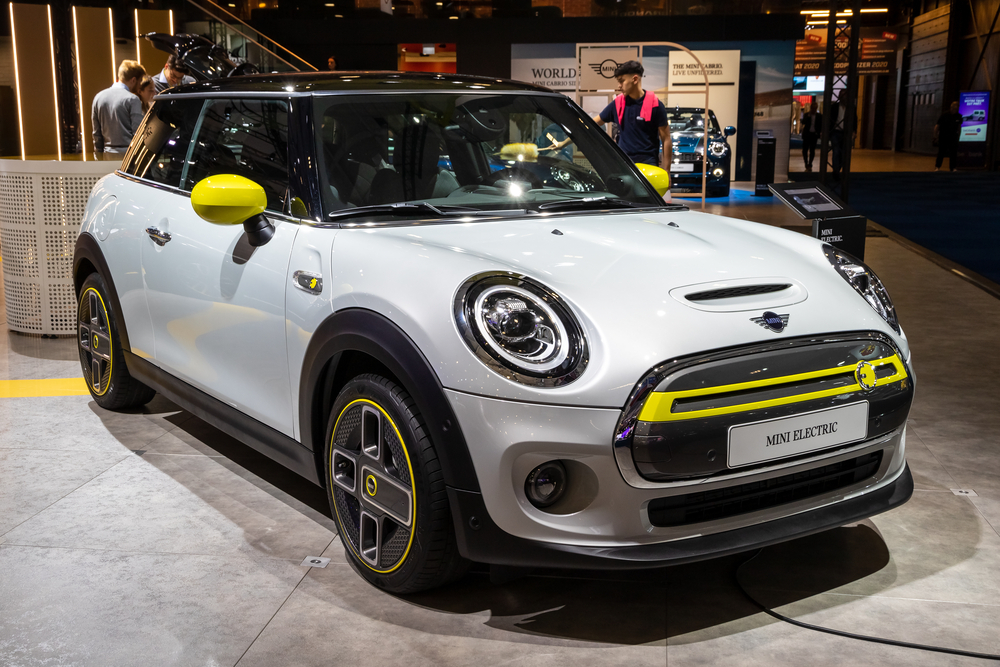
Zippy and fun to drive, the Mini Cooper SE excels in urban environments but falls behind when it comes to range. Offering just 114 miles per charge, it doesn’t compete well with rivals that can go farther without needing a recharge. This restricted range makes the Cooper SE ideal only for short trips or city commutes.
Mazda MX-30
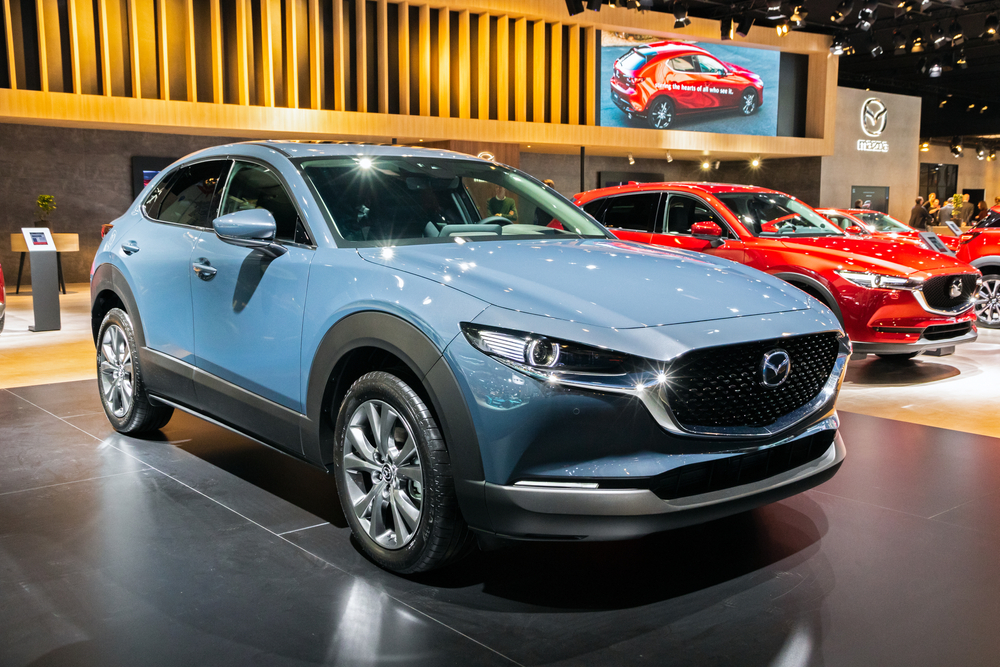
Mazda’s MX-30 is stylish, but its range of only 100 miles is far from competitive in the growing electric SUV market. Many of its rivals boast ranges that are at least double, if not triple, that of the MX-30. This low range significantly limits its versatility, making it suitable mostly for short urban driving. For anyone needing a car for long trips, the MX-30 doesn’t meet the expectations set by other EVs in its class.
Honda Clarity Electric
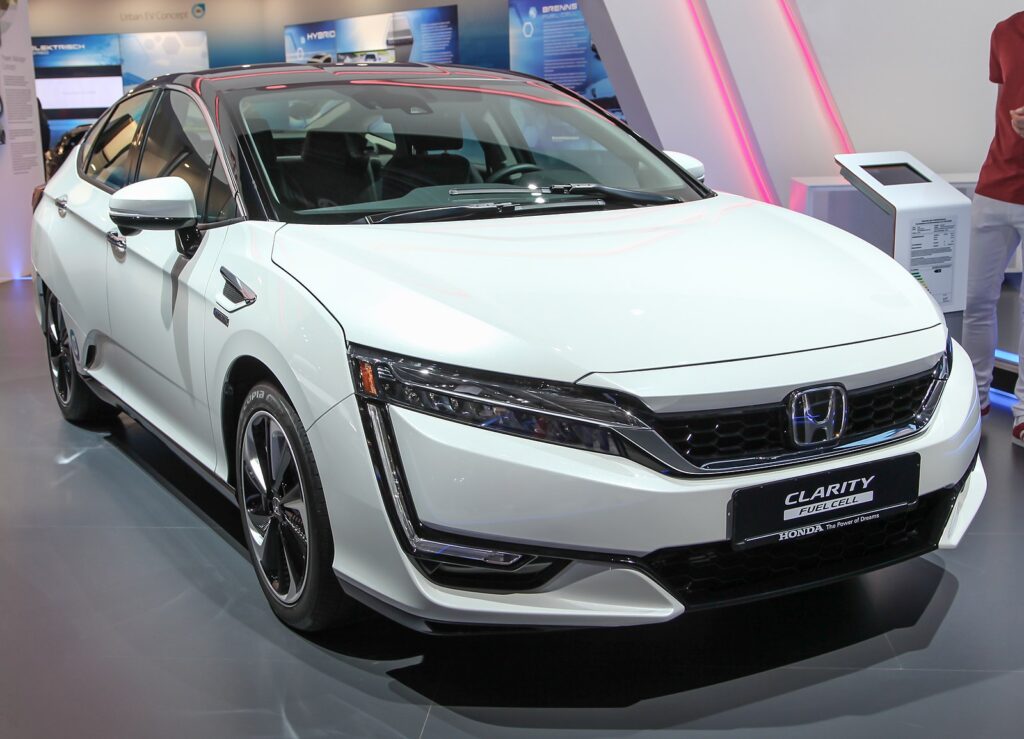
Honda’s Clarity Electric was hampered by one key issue: a range of just 89 miles. In a market where electric vehicles are pushing well beyond 200 miles per charge, the Clarity’s performance is underwhelming. While it offers a comfortable ride and decent features, the severely limited range drastically reduces its practicality. This was a major reason behind Honda’s decision to discontinue the model in 2021.
Hyundai Ioniq Electric
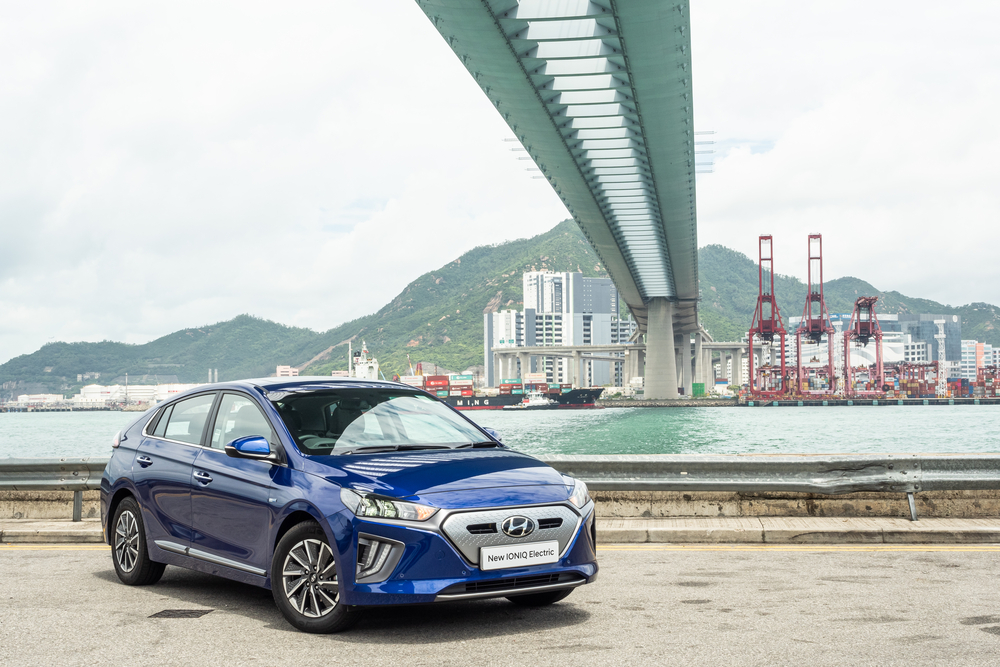
Hyundai’s Ioniq Electric is efficient, but its maximum range of 170 miles feels outdated compared to newer electric cars. This relatively short range means it’s not the best option for long road trips or drivers who often travel outside city limits. While the Ioniq is affordable and comes with a host of features, the limited range hampers its overall value. Competing models now easily surpass it in both performance and battery life.
Fiat 500e
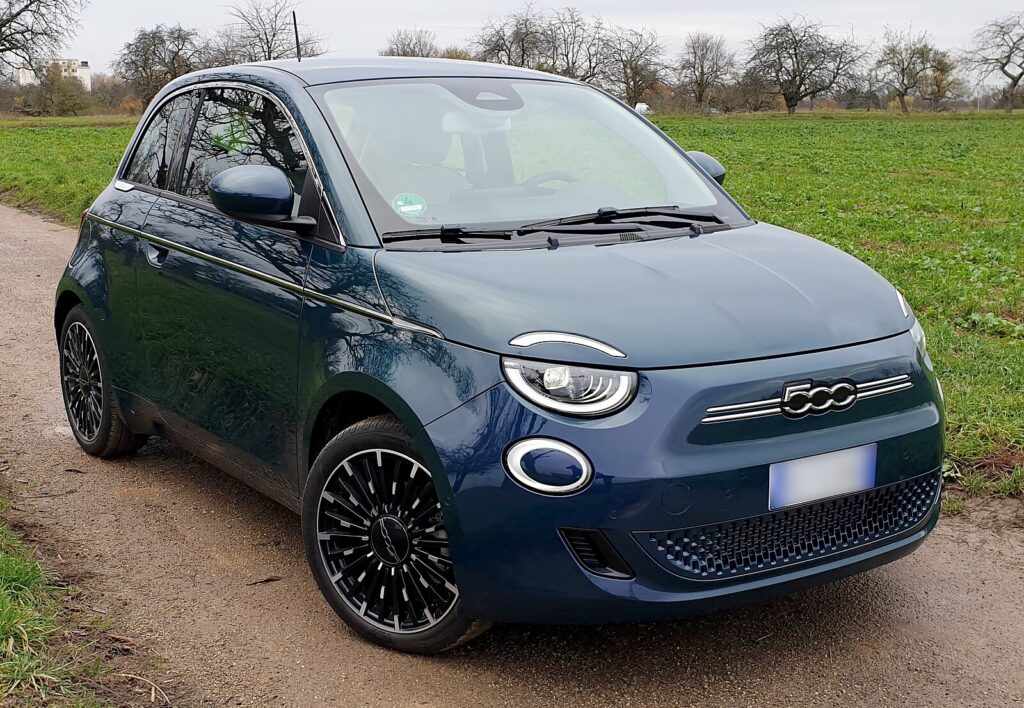
The Fiat 500e is beloved for its compact size and fun driving experience, but its 84-mile range is a glaring weakness. Even among city cars, this range leaves much to be desired, limiting the vehicle’s usefulness beyond urban environments. For drivers needing versatility or longer-range capabilities, the 500e’s lack of range makes it a less competitive choice.
Smart EQ Fortwo
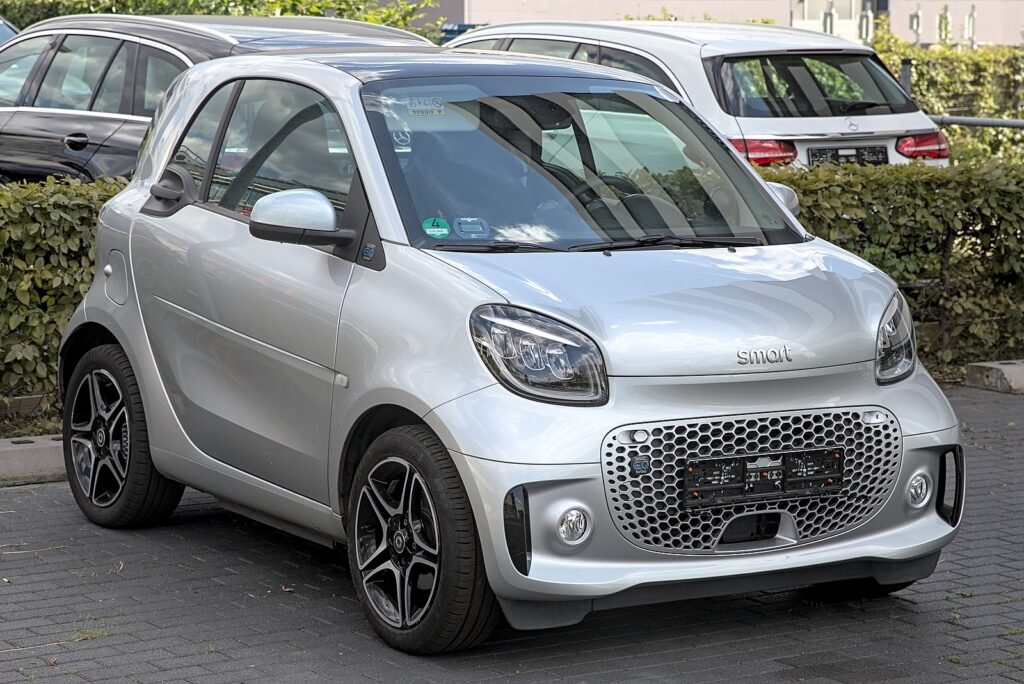
At only 58 miles per charge, the Smart EQ Fortwo holds the title for one of the shortest ranges among electric vehicles. This severely limited range restricts its usability to very short trips or inner-city driving. While its compact design may appeal to some urban dwellers, its low range leaves much to be desired for anyone needing to travel further. For most drivers, it simply doesn’t provide enough flexibility.
Chevrolet Spark EV
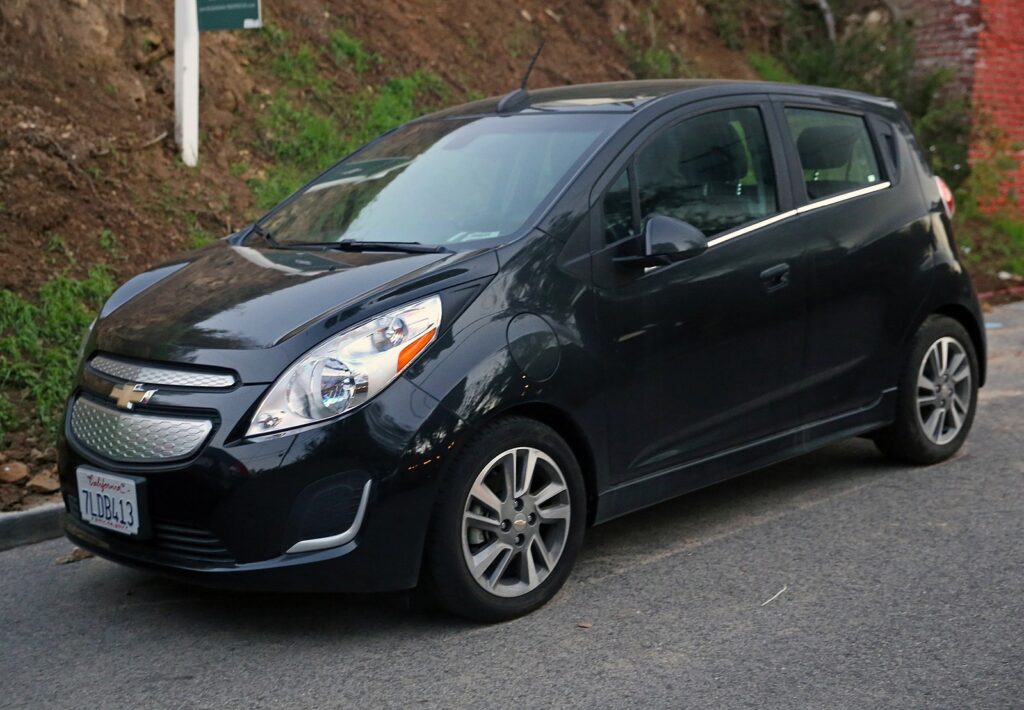
The Chevrolet Spark EV, which debuted as an affordable electric car, was quickly outclassed by competitors. With a range of just 82 miles, it couldn’t keep up with the rapid advancements in EV technology. This limited range made it impractical for anything beyond local commuting. Its discontinuation was inevitable as newer, more capable electric vehicles entered the market.
BMW i3

BMW’s i3 was innovative when it first launched, but its range of about 153 miles now feels inadequate. While the car’s futuristic design and luxury features are impressive, they don’t compensate for the limited driving distance. In comparison to newer electric vehicles that can reach well over 250 miles, the i3 lags far behind. Even with the optional range extender, it fails to meet modern expectations for longer trips.
Kia Soul EV

The Kia Soul EV has always stood out for its quirky design, but the earlier models’ 111-mile range is a significant drawback. This limited range makes it less appealing for those who need to travel long distances without frequent stops to recharge. Although more recent updates have improved its performance, the older versions remain less competitive.
Jaguar I-Pace
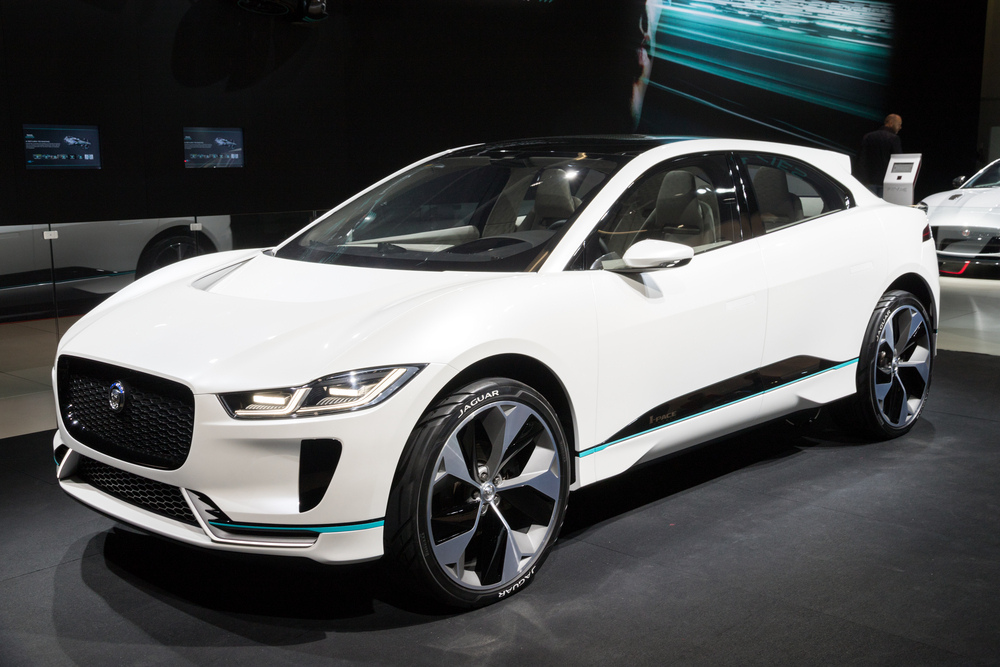
Jaguar’s I-Pace is a luxury electric SUV with impressive performance, but its range of 246 miles falls short of its rivals. Competing vehicles in the luxury segment, like Tesla’s Model X, easily surpass this range, offering much more flexibility for long drives. For a vehicle at its price point, many buyers expect better battery performance.
Volkswagen e-Golf
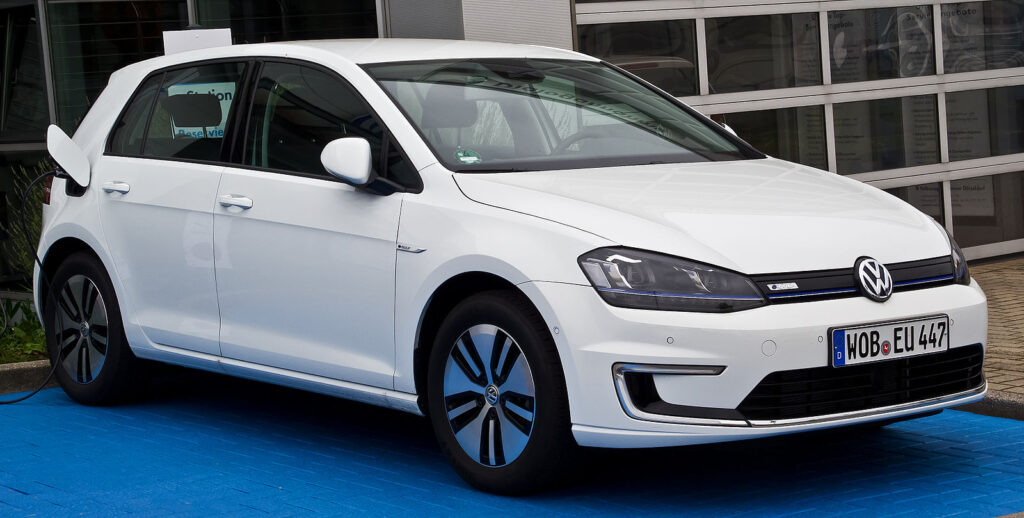
Volkswagen’s e-Golf offers a driving range of just 125 miles, which was insufficient even when it first hit the market. Now, as EVs with significantly better range have become the norm, the e-Golf’s appeal has faded. Although it was an affordable option, its limited driving distance made it difficult for drivers who needed more flexibility. Ultimately, Volkswagen decided to replace the e-Golf with the more capable ID.4.
Toyota Prius Prime
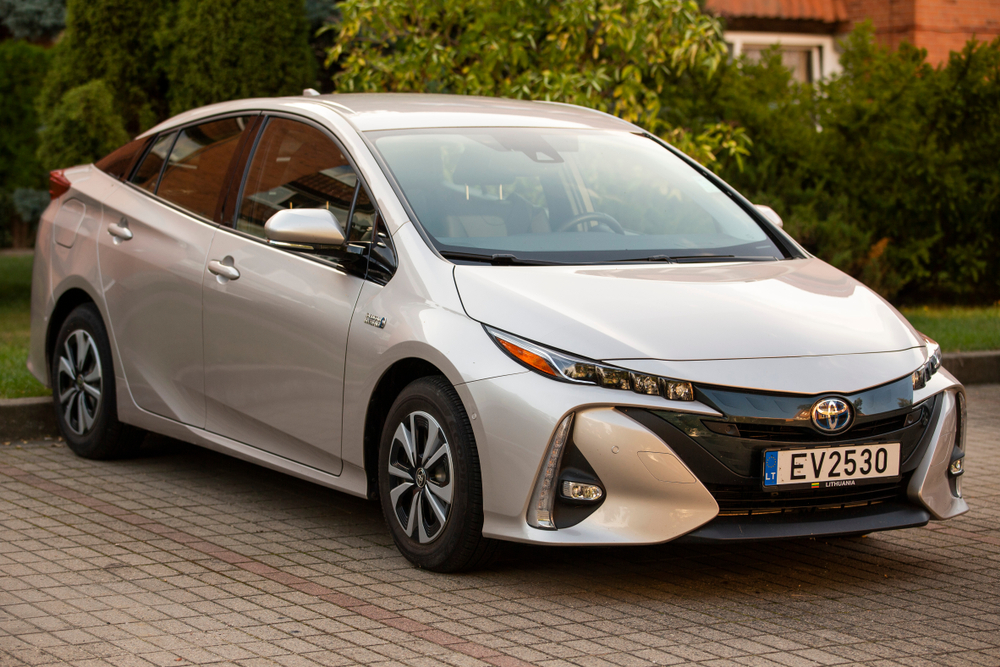
The Toyota Prius Prime offers a mere 25 miles of electric-only range, which is far behind competitors in the plug-in hybrid market. While the Prime is efficient when combined with its gasoline engine, the electric range alone is hardly enough to justify its use as an EV. Most drivers will quickly need to rely on the gas engine, making it less appealing to those aiming to drive fully electric.
Audi e-tron
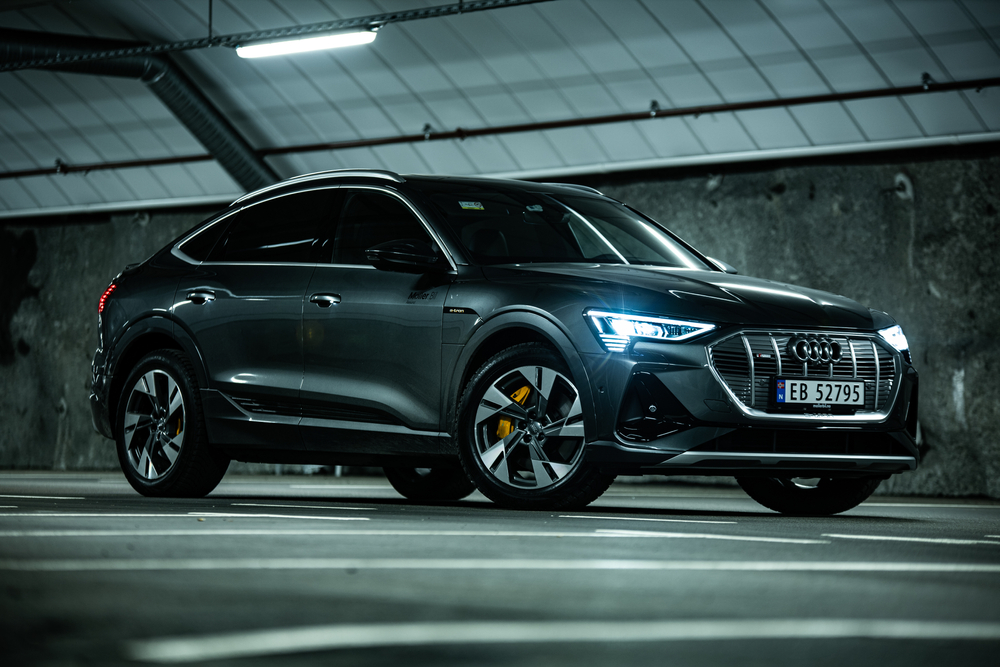
The Audi e-tron, with a range of 222 miles, doesn’t match up well with rivals that offer more than 300 miles on a single charge. While the e-tron delivers on luxury, comfort, and performance, its shorter range limits its attractiveness for those who prioritize long-distance capability. Competing models like the Tesla Model Y have set a higher standard in terms of range.
Hyundai Kona Electric
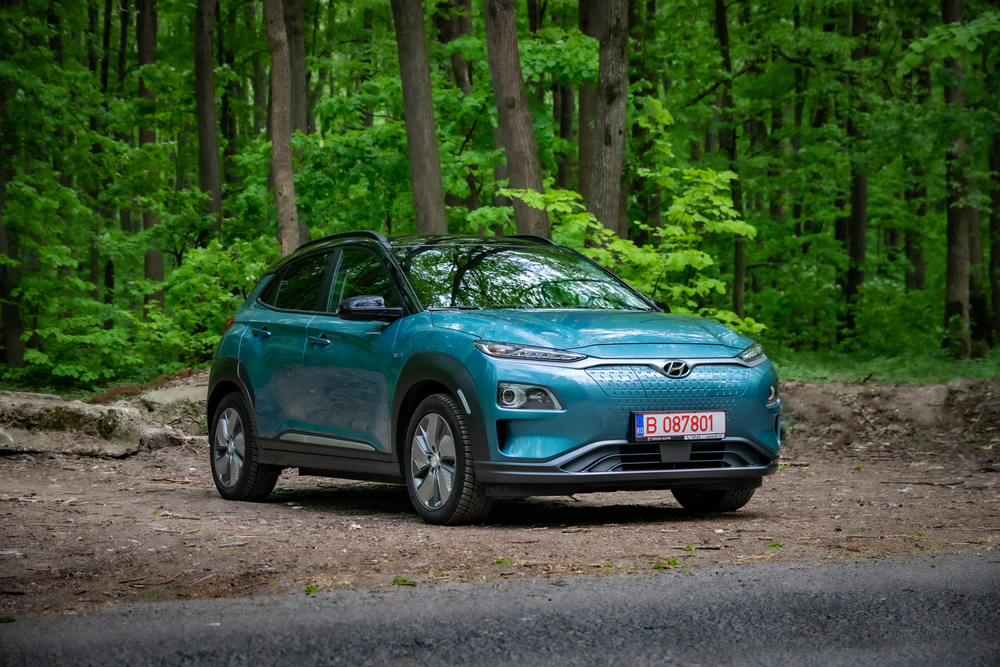
Though the Hyundai Kona Electric offers a decent 258 miles of range, this is now considered average rather than exceptional. With many newer EVs reaching over 300 miles, the Kona struggles to stay competitive. Its range is suitable for city driving and short trips, but long-distance drivers may find it lacking. As other automakers push for longer battery life, the Kona may lose ground in the market.
Mercedes-Benz EQC
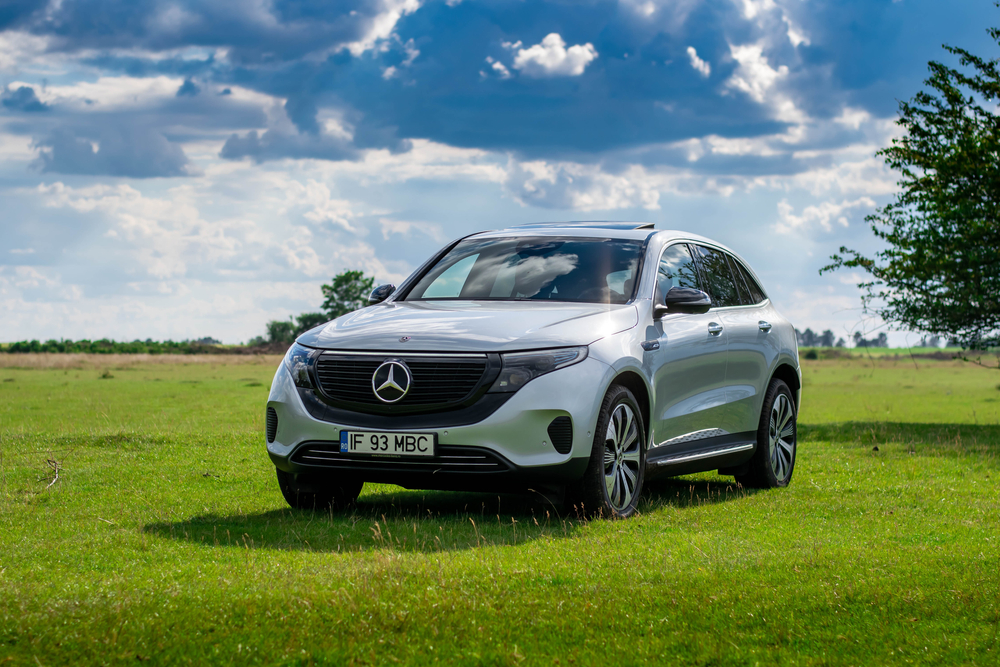
The Mercedes-Benz EQC, with its 220-mile range, doesn’t deliver the performance expected from a luxury electric SUV. Competing vehicles, often at lower price points, offer better range, making the EQC feel outdated in this aspect. For a premium brand like Mercedes, the limited range is a disappointment.
Porsche Taycan
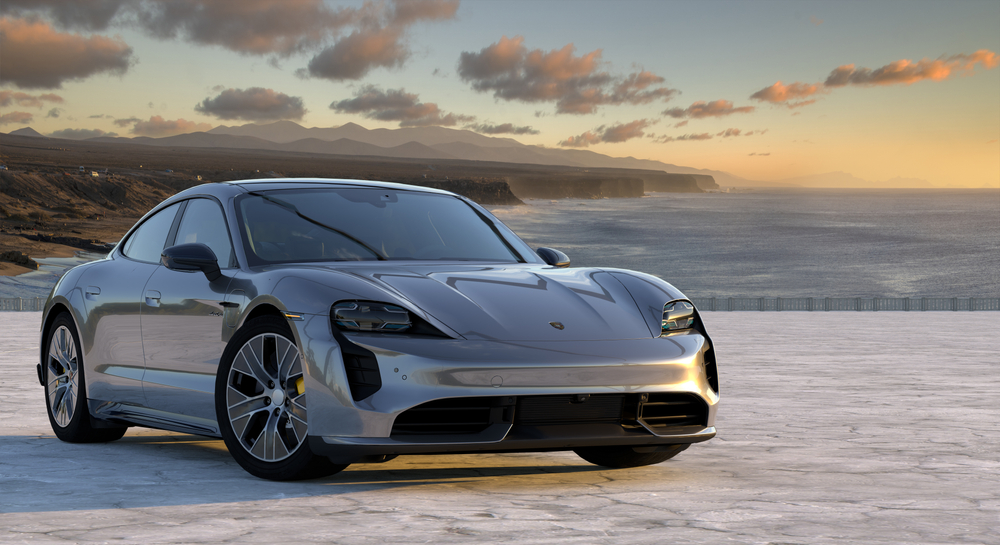
The Porsche Taycan excels in performance, but its electric range is where it falters. Offering just 199 miles in the base model, it significantly underperforms compared to other high-end electric vehicles. While its driving dynamics are second to none, the range limitation makes it less practical for long-distance driving.
Volvo XC40 Recharge
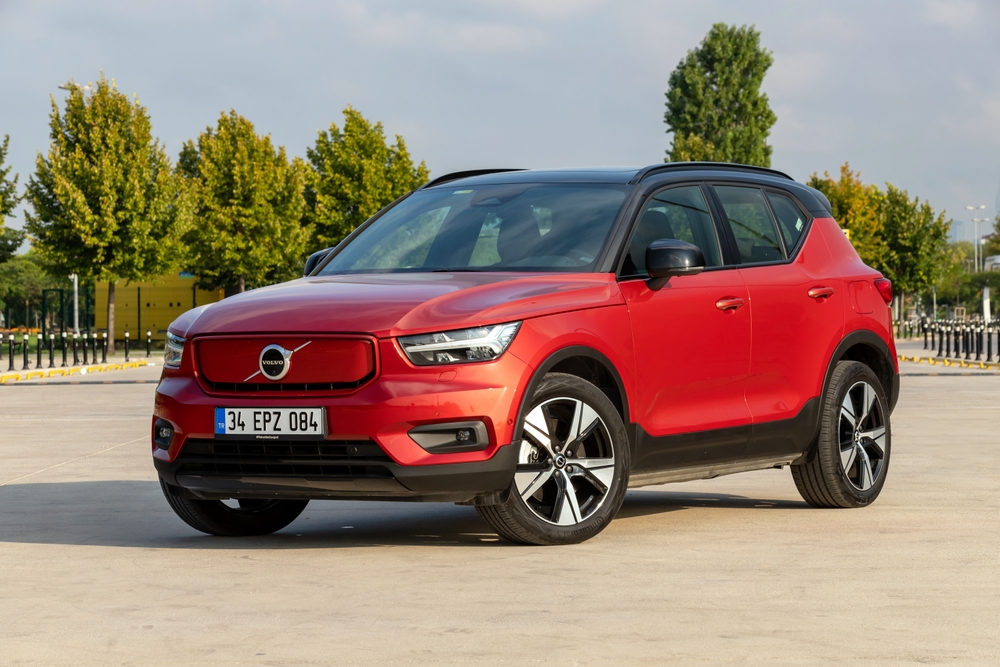
Volvo’s XC40 Recharge offers a range of 223 miles, which is underwhelming for a premium electric SUV. Competing models in the same price range, such as the Tesla Model Y, offer significantly better battery life. Though the XC40 boasts a high-end interior and excellent safety features, its range places it behind the curve in the EV market. For drivers who need long-distance capability, this model may not be the best option.
Lexus UX 300e
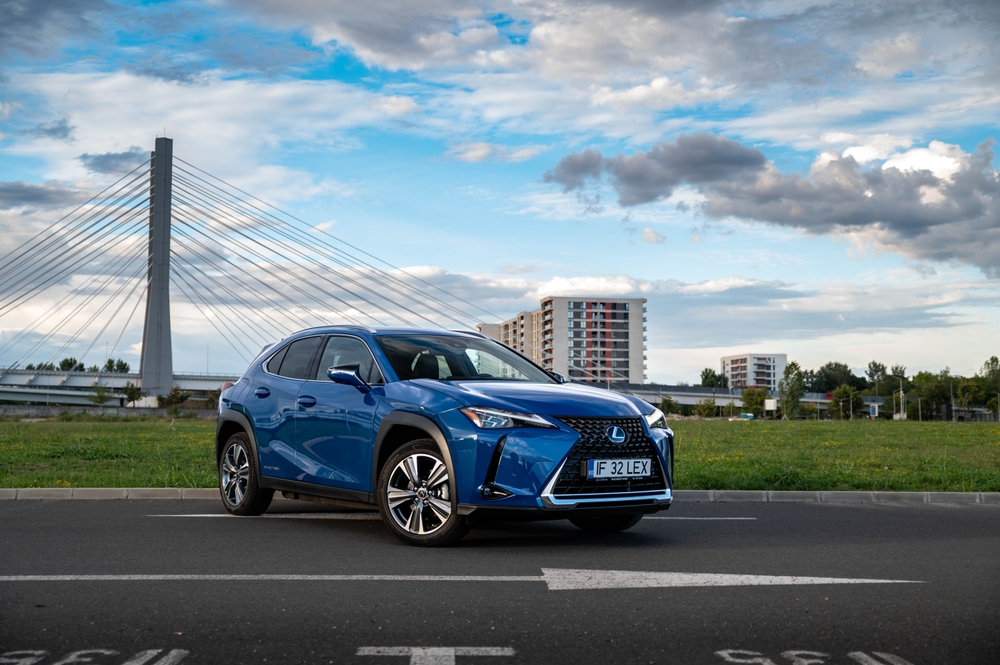
The Lexus UX 300e delivers a range of just 196 miles, making it less competitive among premium electric vehicles. For a luxury brand, buyers often expect better performance, especially in terms of battery life. The short range significantly limits the vehicle’s versatility, especially for long-distance travel. While it offers a smooth, comfortable ride, the UX 300e’s range leaves it struggling to stand out.
This article originally appeared in MyCarMakesNoise.
More from MyCarMakesNoise
12 Unmanned Space Probes Exploring Our Solar System

The exploration of our solar system has been significantly advanced by unmanned space probes. These remarkable spacecraft have journeyed to distant planets, moons, and even beyond the solar system, providing invaluable data and breathtaking images. Read More.
14 High-Value Antique Tractors for Collectors

Antique tractors hold a special place in the hearts of collectors, combining nostalgia with engineering marvels of the past. These machines, once vital to farming, now stand as cherished relics of agricultural history. Read More.
15 Worst Cars for Resale Value
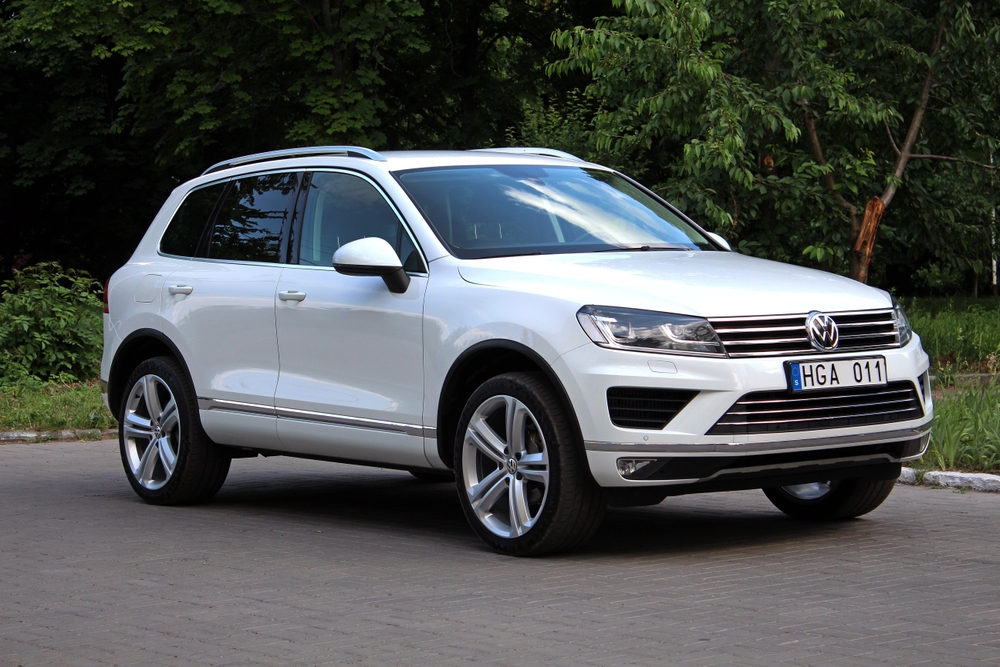
Buying a car is a significant investment, and while the allure of a shiny new vehicle can be strong, it’s crucial to consider the long-term financial implications of your purchase. Depreciation is a car buyer’s stealthiest expense, quietly eroding the value of a vehicle over time. Read More.

